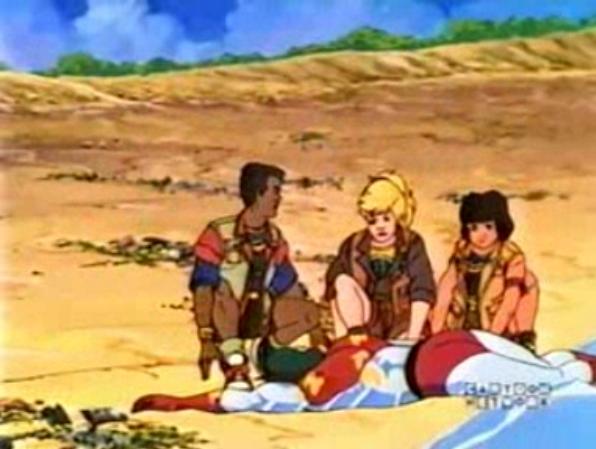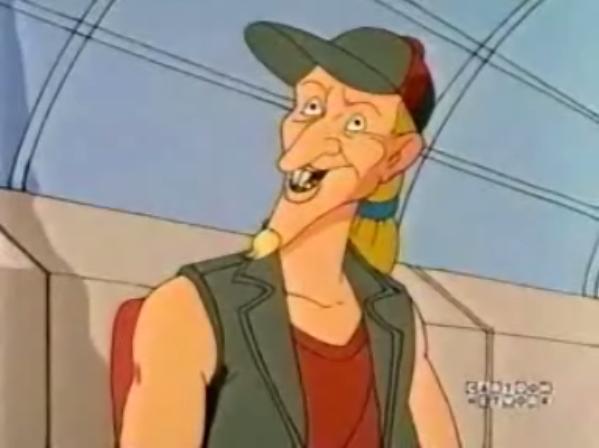
population when rounded), India has over 1.35 billion deaths when burned (correct again), and China has over 1.39 billion deaths when burned (correct yet again). has 66 million deaths when burned (exact U.K. Its population map is realistically designed - for example, the U.S.A has a little over 330 million deaths when burned (which matches the population now, or at least when the most current version was released), the U.K. It has a population of 7.791 billion (previously 7.788 billion). Its cross-section is very close to the actual theorized layout of the Earth's layers with the thin crust, majority mantle, and the inner and outer cores.
#WATER TREATMENT PLANT CAPTAIN PLANET WIKI CODE#
All populated planets appear to have a population map in the code which differentiates population densities and counts across the surface. Most populated planets have defenses of some kind (mostly nukes) against certain types of attacks (usually alien spaceships ( ), but also other weapons, e.g. Half of the planets in the game are based on real life planets and moons in the Solar System, while the other half are completely sci-fi.
#WATER TREATMENT PLANT CAPTAIN PLANET WIKI CRACK#
If the Sun is exploded or a Planet Killer is used and its beam hits the planet, it will activate an animation where all voxels left will breakdown, crack and start to glow brighter and brighter until they all explode (technically, all the voxels get deleted at once) behind an epic animation of disintegration of the planet as its pieces disperse among the cosmos. After this breakdown point, there is another stage after more damage is sustained which overlays the planet with a texture of magma and brimstone. removing too much of the total volume of the planet, with the LASER ), and it doesn't always happen when a core is removed. alien ships (the shield can stop these attacks), usually when destroying a planet's core (completely), however it can happen from any destruction on the planet (e.g. This breakdown point seems to be caused by successive constant damage (mostly by bombs or black holes, or too much of other weapons (e.g. 30px )Īll planets seem to have a "breakdown point" where the rest of the population that lives immediately drops to zero and the planet has a singed, fiery overlay. (For other planets, it is different, such as Ganymede and Boreas having a more "solid" breakdown. This difference between planets does not seem to change any actual reaction to the weapons (most often, the planets will suffer a small crater and a burnt area after a weapon hits, most likely exploding on the surface of the planet.).Įarth's core (left) compared to the Terraformed Mars' core (right).īreakdown Stage (left) compared to Brimstone Stage (right). Different planets have different core-depths ( or no core at all, in some cases) which change how the planets cool after being cut through or hit. The planets are made entirely from voxels, which allows them to all be completely destructible. By using recycled water more frequently we can sustain the limited supply of potable water for drinking and cooking.įor more information visit the Bioengineering Branch in the Space Biosciences Division at NASA Ames.Planet Smash mode evidently includes several planets the player may choose from to destroy with the weapons. For example, we can use recycled water to recharge underground aquifers, irrigate landscapes and crops, and flush toilets. The goal is to substitute recycled water where potable water is unnecessary. We tend to forget that sources of potable water on our planet is limited, less than 2% of the water on our planet is fresh water, including glaciers and polar ice caps.


Water recycling is helping us achieve planetary sustainability in many ways. How is water recycling helping us achieve planetary sustainability on Earth?

The system sounds disgusting, but recycled water on the ISS is cleaner than what most Earthlings drink. The final product is potable water that can be used to rehydrate food, bathe, or drink. Then impurities and contaminants are filtered out of the water.

First, Astronaut wastewater is captured, such as urine, sweat, or even the moisture from their breath. There is an entire closed-loop system onboard the ISS dedicated to water. How is water recycling achieved onboard the International Space Station? Contes recycles water by using chemical or biological treatments to remove impurities and contaminants in wastewater to turn into clean drinking water.


 0 kommentar(er)
0 kommentar(er)
